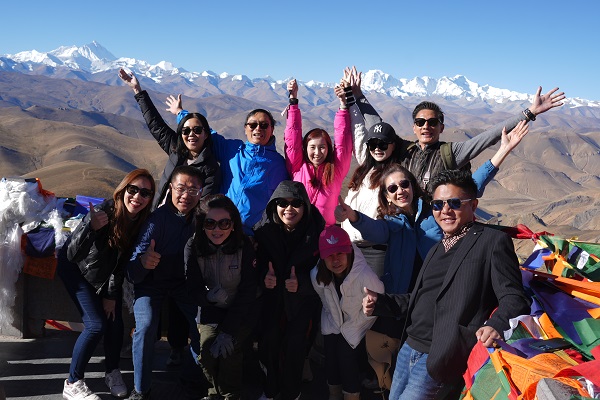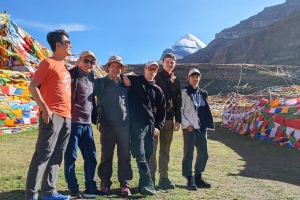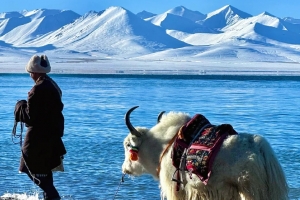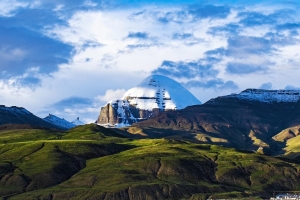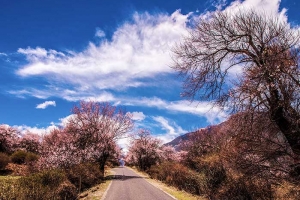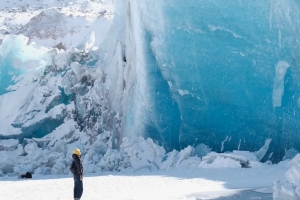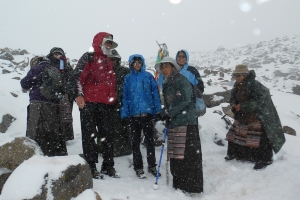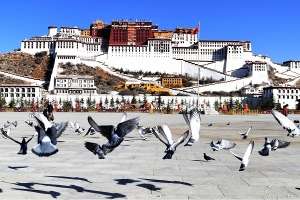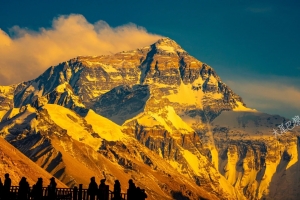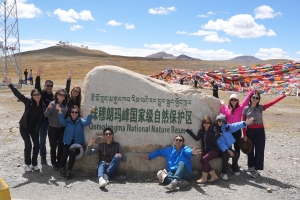Bridging Borders: Visa-Free Travel and the Tibetan Connection
The visa-free agreement between Malaysia and China marks a pivotal advancement not just in bilateral relations, but in unlocking access to some of China’s most remote and spiritually profound regions—chief among them, Tibet. Officially extended to 30 days in November 2024 and valid until 31 December 2025 for Malaysians, this mutual policy streamlines entry procedures and provides greater travel freedom, with the Himalayan region standing out as a prime beneficiary.
Chinese citizens also enjoy 30-day visa-free access to Malaysia until 31 December 2026, reflecting a shared commitment to open borders and cultural connectivity.
Into the Sacred Highlands: Malaysians Journeying to Tibet
Of all the destinations newly accessible under the visa-free regime, Tibet emerges as a crown jewel for Malaysian travellers. The ancient landlocked region has long captivated the imagination with its austere beauty, Buddhist monasteries, and sacred peaks. Historically, the dual administrative hurdles of acquiring a Chinese visa and a Tibet Travel Permit discouraged many prospective visitors. Now, with the former requirement lifted, the journey to Tibet is significantly less daunting.

Malaysian citizens can now fly directly into major Chinese cities such as Chengdu, Xi’an, or Kunming without applying for a visa in advance. From there, they can apply for the mandatory Tibet Travel Permit through an authorised travel agency. Upon approval, entry to Tibet is possible via flights to Lhasa or aboard the breathtaking Qinghai-Tibet Railway.
This streamlined route is expected to dramatically increase Malaysian footfall in Tibet. The region’s blend of mysticism, natural grandeur, and historical depth is ideal for spiritual seekers, nature lovers, and cultural explorers alike. Already, travel agencies in Malaysia are launching Tibet-focused packages, combining major sites like the Potala Palace, Jokhang Temple, and Mount Kailash with lesser-known locales that capture the raw essence of the plateau.
In particular, this policy shift enables a new type of traveller: the spontaneous adventurer. Tibet, once reserved for those willing to endure complex paperwork and long waits, is now a viable option for impromptu travel. This opens doors for younger explorers, social media-driven tourists, and families seeking meaningful cultural experiences off the beaten path.
Visa-Free Essentials: What Malaysians Need to Know Before Entering Tibet
- Malaysian citizens may enter China without a visa for up to 30 days per visit.
- Travel purposes include tourism, business, visiting relatives, and transits.
- Chinese citizens can travel visa-free to Malaysia for up to 30 days per visit.
- Multiple entries are permitted as long as the 30-day limit per visit is respected.
- Additional regional entry requirements, such as the Tibet Travel Permit, remain in effect.
Tibet in Transition: Malaysia’s Role in the Future of Tibetan Tourism
If the current visa-free arrangement is made permanent—as is increasingly anticipated—the long-term impacts on Tibetan tourism from Malaysia could be transformative. Beyond individual travellers, such a change could facilitate:
- Academic exchanges involving Tibetan institutions and Malaysian universities.
- Religious pilgrimages from Malaysian Buddhist communities.
- Cultural diplomacy through art, music, and heritage exchanges.
- Sustainable tourism initiatives that allow respectful access to Tibet’s fragile ecosystem and sacred sites.
With Malaysia being a multi-religious nation that includes a significant Buddhist population, the spiritual connection with Tibet holds strong resonance. This relationship is poised to deepen further under a stable, visa-free regime.
Preparing for the Plateau: Practical Tips for Malaysians Visiting Tibet
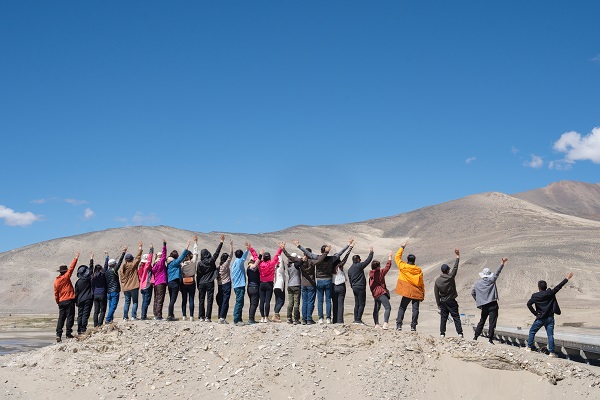
- Verify Passport Validity: At least six months validity from the date of arrival.
- Plan for the Tibet Travel Permit: Apply through a licensed Chinese travel agency at least 15–20 days before intended entry.
- Acclimatise Smartly: Spend a day or two in a mid-altitude Chinese city to avoid altitude sickness.
- Weather Awareness: Tibet’s high-altitude climate requires proper gear, even during warmer months.
- Connectivity: Download offline maps and Mandarin/Tibetan translation apps; internet access can be limited.
- Respect Cultural Protocols: Dress modestly, avoid photographing locals without consent, and show respect in religious sites.
Towards Permanence: Envisioning a Future of Seamless Tibetan Access
Ongoing discussions between the Chinese and Malaysian governments suggest a shared interest in establishing a permanent mutual visa-free arrangement. Leaders from both nations, including Chinese Premier Li Qiang and Malaysian Prime Minister Anwar Ibrahim, have cited enhanced people-to-people connectivity and regional cooperation as key motivations.
Should such a policy be codified permanently, it would further demystify Tibetan travel, shifting it from a niche undertaking to a mainstream aspiration. Institutional partnerships, long-term cultural residencies, and educational tourism could become commonplace, reshaping how Malaysians perceive and interact with Tibet.
The Roof of the World Beckons: Malaysia Meets Tibet
The Malaysia-China visa-free agreement is more than a diplomatic gesture—it is a bridge to one of the world’s most enigmatic regions. Tibet, once a remote dream, is now within closer reach for Malaysians. From sunrise over Everest’s flanks to quiet moments in Lhasa’s temples, the Himalayan heartland is open for discovery.
For Malaysians who seek wonder, wisdom, and a brush with the transcendent, Tibet awaits—no visa required.

